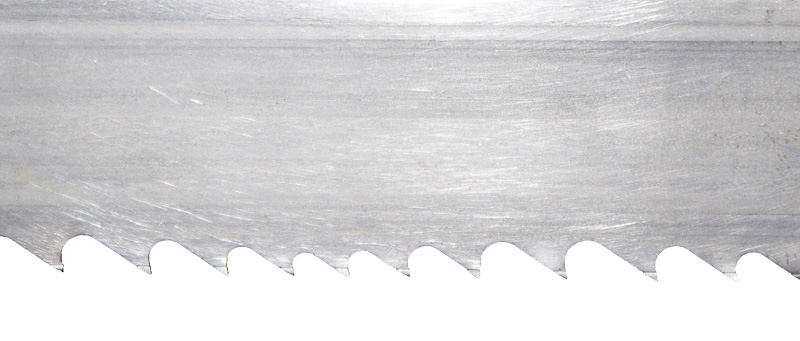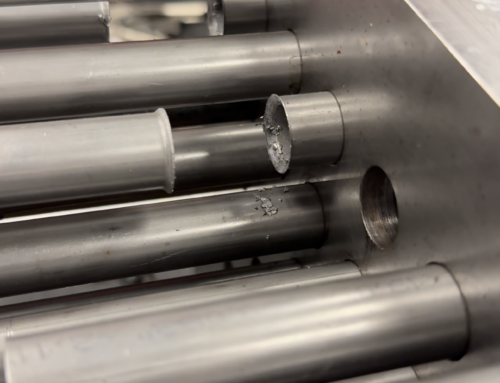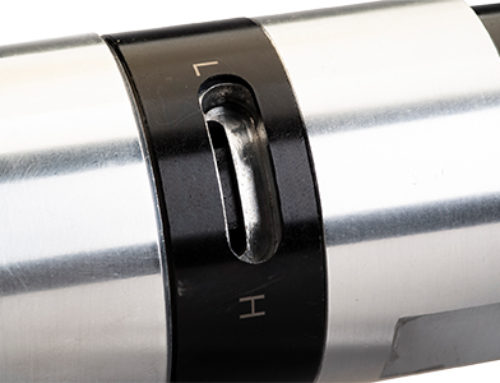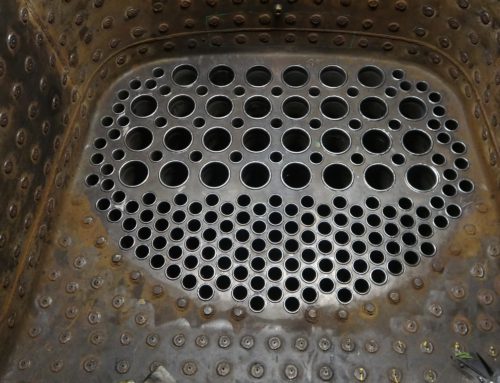Improve Tube Bundle Cutter Performance With Proper Blade
There are many factors that can affect a Tube Bundle Cutter’s performance, such as, bandsaw blade selection, blade tooth pitch, the cross-sectional area of the bundle, blade speed, and feed. In order to improve the cutter’s efficiency, it is very important that you select the appropriate bandsaw blade for the job.
It is highly important to select the appropriate bandsaw blade for the job as using the incorrect blade can cause:
- Tube sheet damage if the blade curves concavely while cutting.
- Blade breakage if the blade tooth pitch is the incorrect match to the tube bundle area being cut.
- Work hardening of the cut, requiring the cut to be restarted.
- Extended job times.
Proper bandsaw blades will:
- Prevent tube sheet damage by preventing the blade from walking into tube sheet.
- Prevent work hardening within the cut.
- Decrease cutting times.
- Increase cutting performance.

Elliott’s Blade Selection Tool can be used to find the ideal bandsaw blade to use with Elliott’s SpeedCut Tube Bundle Cutter for your cutting application. Elliott’s bi-metal bandsaw blades are long-life, high-quality blades for most materials, including copper, stainless steel and exotic materials.
In addition to selecting the right bandsaw blade, it should also be properly tensioned, have sharp teeth, and be broken in* to obtain good cutting performance and blade life.
*Modern bandsaw blades are too sharp to cut at full rate when “fresh out of the box” and require a short break-in period. The break-in time lightly hones the teeth and greatly improves their strength and life. NOTE: Failing to follow the break-in procedure will greatly reduce blade life and increase the possibility of tooth stripping.

For more information on bandsaw blades and tube bundle cutters, please contact Elliott or your local support. For more information on Elliott’s SpeedCut, click here.





